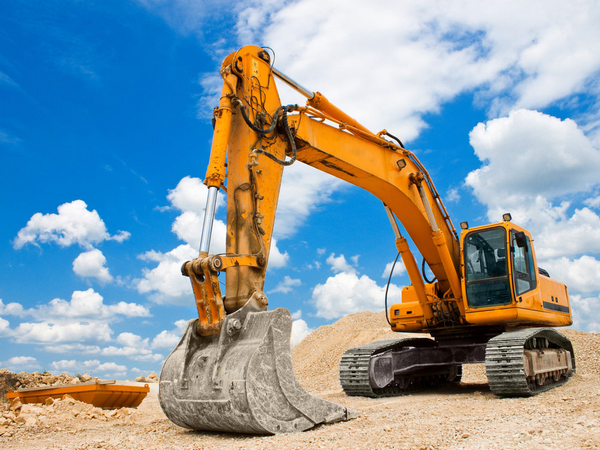01. Cleaning Preparation
1. Inspect the exterior of the equipment carefully to ensure it is intact and undamaged before disassembly and cleaning. Record and report any internal damage discovered during the cleaning process.2. Prepare the cleaning site, tools, and cleaning materials. The site should be dry, clean, and equipped with water, electricity, and compressed air.
02. Cleaning Steps
1. Initial Cleaning:Remove old oil, sludge, paint flakes, and rust layers. Use soft metal or bamboo scrapers to remove old rust-proof oil. Solvents can be used to clean paint layers on machined surfaces.
2. Detailed Cleaning:
After initial cleaning, use a cleaning agent to rinse off grease and dirt from components. For dried or degraded grease, hot oil may be used for removal.
Use specialized cleaning products for specific stains, such as cement, oil, or radiator scale.
3. Final Cleaning:
Perform a final cleaning with clean cleaning agents. Compressed air can also be used to blow off surface debris, followed by rinsing with a cleaning solution. If cleaned parts are not immediately reassembled, apply grease and wrap them with clean paper or cloth to prevent contamination.
03. Cleaning Details
1. Oil Cleaning:For thick oil deposits on component surfaces, scrape them off first. Wash parts in a heated cleaning solution, such as an alkaline cleaner or synthetic detergent.
Note: Aluminum alloy parts should not be cleaned in strong alkaline solutions, and non-metal rubber parts should be cleaned with alcohol or brake fluid.
2. Carbon Deposit Removal:
Carbon deposits can be mechanically removed using a metal brush or scraper. However, this method may not completely remove the deposits and could damage the part surface. A chemical cleaning method is preferable for thorough removal.
3. Scale Removal:
Chemical methods are generally used to remove scale. Add a chemical descaling solution to the coolant, run the engine for a specific time, then replace the coolant.
04. Cleaning Methods
1. Wiping:Use a cloth or cotton yarn soaked in a cleaning agent to clean parts, often for initial cleaning of components.
2. Soaking:
Immerse parts in a container filled with a cleaning agent for 2–20 minutes. This method is suitable for complex-shaped components or parts with dried, degraded grease. Dry the parts after soaking.
3. Spraying:
Use a cleaning machine to clean heavy dirt and dried grease effectively.
4. Electrolytic Cleaning:
Place parts in an electrolytic tank filled with an alkaline solution and apply electrical current. The electrochemical reaction removes grease effectively. While efficient, this method is less commonly used on-site.
5. Ultrasonic Cleaning:
Use an ultrasonic cleaning device and a suitable cleaning agent to remove adhered dirt and grease. This method delivers excellent results and high efficiency but involves higher equipment costs.







